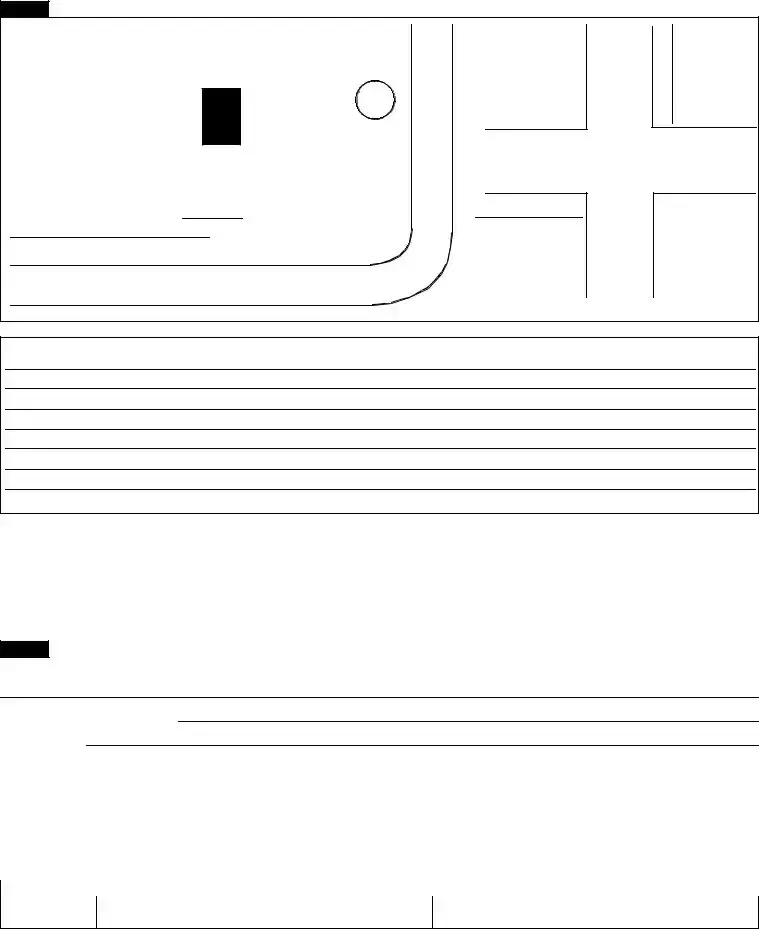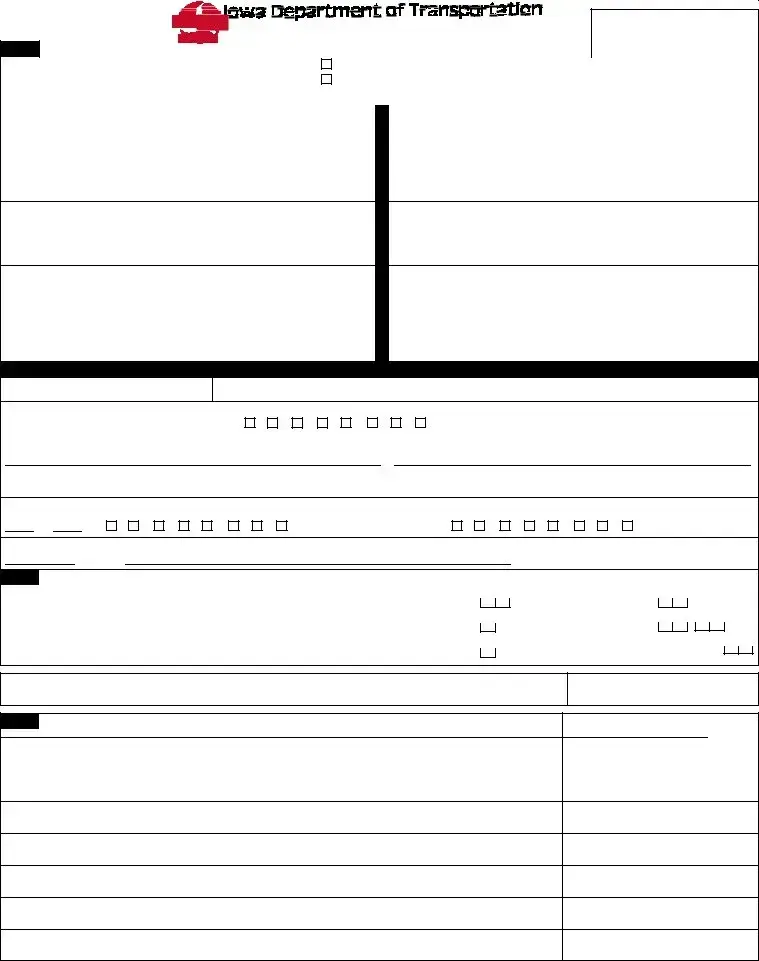Form 433002 08-10
IOWA ACCIDENT REPORT FORM
An accident occurring anywhere within the State of Iowa causing death, personal injury, or total property damage of $1,500.00 or more must be reported on this accident report form. Failure to return this accident report form within 72 hours may result in suspension of your driving privilege. Caution: You must attempt to completely fill out this report.
Instructions
Please print or type all information. Use black or dark blue ink.
Step 1. Begin completing the "Report of Motor Vehicle Accident" form by entering accident date, day of week, time, number of vehicles, total number killed, number injured, and the total amount of damage to all vehicles and any property other than vehicles.
Step 2. Enter the information pertaining to all drivers and vehicles involved in the accident. Important: Be sure to include the driver's name, driver license number, and driver license state. Also include the vehicle owner's name, license plate number, and license plate state. If more than two drivers or two vehicles were involved, use an extra report form or sheet of paper making sure that the extra vehicles and drivers are numbered 3, 4, 5, etc.
If you were involved in an accident with a pedestrian, print PEDESTRIAN in the driver space provided for vehicle No. 2 and complete pedestrian information in Step 7. If you were involved in an accident with a pedalcyclist (bicycle, etc.) print 'Bike' in the driver space provided for Vehicle 2 and complete information for Non-Motorist in Step 7.
If one of the vehicles involved was parked at the time of the accident, print PARKED in the driver space and complete the vehicle owner information.
Step 3. Please use the following codes when completing the box marked "vehicle type code":
01 |
= Passenger Car |
09 |
= Tractor/semi-trailer |
17 |
= Small school bus (seats 9-15) |
02 |
= Four-tire light truck (pick-up, panel) |
10 |
= Tractor/doubles |
18 |
= Other bus (seats > 15) |
03 |
= Van or mini-van |
11 |
= Tractor/triples |
19 |
= Other small bus (seats 9-15) |
04 |
= Sport utility vehicle |
12 |
= Other heavy truck (cannot classify) |
20 |
= Farm vehicle/equipment |
05 |
= Single-unit truck (2-axle, 6-tire) |
13 |
= Motor home/recreational vehicle |
21 |
= Maintenance/construction vehicle |
06 |
= Single-unit truck (> = 3 axles) |
14 |
= Motorcycle |
22 |
= Train |
07 |
= Truck/trailer |
15 |
= Moped/All-Terrain Vehicle |
88 |
= Other (explain in narrative) |
08 |
= Truck tractor (bobtail) |
16 |
= School bus (seats > 15) |
99 |
= Unknown |
Step 4. The location of the accident is very important. Please be as specific as possible.
Step 5. To the best of your ability, complete the Accident Codes section for your own vehicle using codes provided on page 2 of this form.
Step 6. If there is damage to property other than the vehicles involved complete the property damage information.
Step 7. Injury information should be entered in the space provided. Make sure that the vehicle number in which the injured party was riding is complete, describe the nature of the injury, and check the box under the column most appropriate for the injury severity. NOTE: Include all drivers whether injured or not. The codes are:




 WEATHER CONDITIONS
WEATHER CONDITIONS  VISION OBSCURED
VISION OBSCURED CONTRIBUTING CIRCUMSTANCES Driver
CONTRIBUTING CIRCUMSTANCES Driver 
 First Harmful Event
First Harmful Event Weather Conditions
Weather Conditions Contributing Circumstances
Contributing Circumstances 


